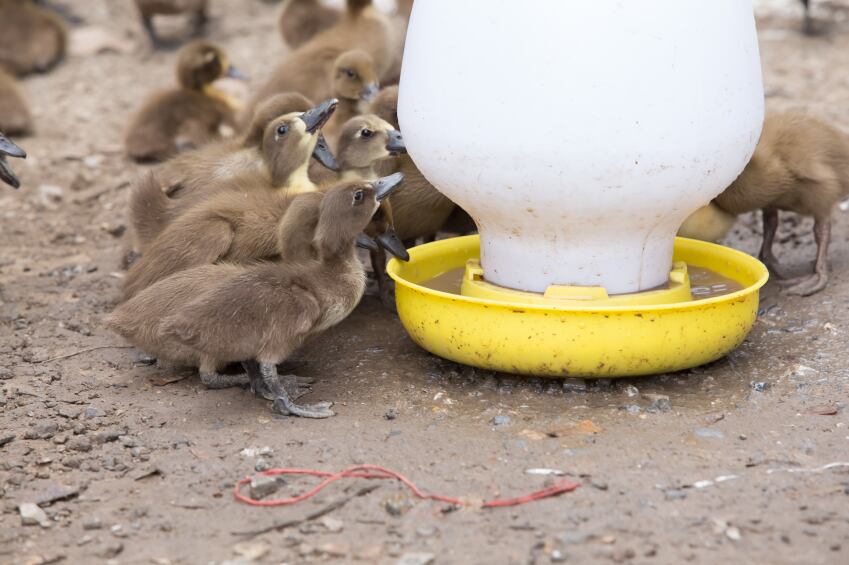Those were the conclusions put forward by a Danish team, who whilst heralding edible insect species as a possible solution to the current and future food crises, also identified cricket feed production methods as an area of concern.
“While crickets consume plant matter in the wild, farmers started to use commercial chicken feeds because they saw that the crickets grew faster,” said Afton Halloran, study co-author and researcher at the Department of Nutrition, at the University of Copenhagen.
“Unfortunately, the production of feed ingredients like maize and soy can have detrimental effects on the environment.”
Consumption of crickets as an alternative protein source here in Europe may be limited by factors such as consumer attitudes and adoption, but feed sources used to cultivate the crickets remains a prime environmental concern.
In the past alternative sources such as different kinds of plants and waste products have been put forward to varying degrees of success.
In contrast, the Far East, and Thailand in particular, cricket farming has been occurring for nearly 20 years with 20,000 farms scattered throughout the north-eastern and northern parts of the country.
Around the world, there are over 2,000 insect species that are regularly eaten. Most of these species are harvested from the wild, but around nine insect species are currently farmed for food and feed.
Cricket case study

The report is amongst a handful that details a life cycle assessment (LCA) on an existing production system of Gryllus bimaculatus De Geer (field cricket) and Acheta domesticus (house cricket) production in north-eastern Thailand, comparing it with broiler production in the same region.
Broiler production was chosen as a benchmark for cricket production as they both are animal-source foods. Furthermore, crickets and broilers have a similar percentage protein in their edible mass.
Aspects of cricket cultivation studied included feed, biofertiliser (manure) and crickets to and from the farm. Samples of feed, crickets, and manure were taken.
Data were collected from a contract broiler farm in which the total yearly broiler yield (live weight) was calculated as 150,000 kg.
Two functional units, one mass-based and one nutritionally-based, were chosen: 1 kilogram (kg) of edible mass and 1 kg of protein in edible mass for human consumption.
The team’s reasoning was that they could be compared on the basis of edible mass and protein in edible mass, depending on whether the food were considered to be a dietary component (edible mass) or a nutritional component (protein in edible mass).
Along with these study actions, fifteen different environmental impacts were also investigated and compared including global warming potential, resource depletion and eutrophication.
Results found that overall, the environmental impacts associated with broiler production were greater than for cricket production.
Considering 1 kg of edible mass as the functional unit, broiler production had the greatest impacts in the majority of the environmental impact categories, except for ozone depletion and resource depletion.
“Many people have seen insects as a means of lowering the environmental burden of animal production,” commented Halloran.
“Insects, in many cases, can be comparable to meat and fish in terms of nutritional value. The fact that we have shown here that they can be produced more environmentally sustainably than meat means that they represent a massive potential for lowering the impact of the food production."
Vegetable waste has feed use
From an environmental perspective, the study also put forward the use of surpluses and waste from vegetable production.
“This is because although high-protein feeds result in the lowest feed conversion ratios and are thus most efficient, the high impact associated with the production of the feed could mean that alternative feed sources could help decrease the environmental impacts.”
The study concluded that future research should be focused on identifying alternative feed sources to the conventional chicken feed, with the research results having both practical and academic implications on the improvement of insect farming systems in the future.
Source: Journal of Cleaner Production
Published online ahead of print: doi.org/10.1016/j.jclepro.2017.04.017 0959-6526/
“Life cycle assessment of cricket farming in north-eastern Thailand.”
Authors: A. Halloran, Y. Hanboonsong, N. Roos, S. Bruun
